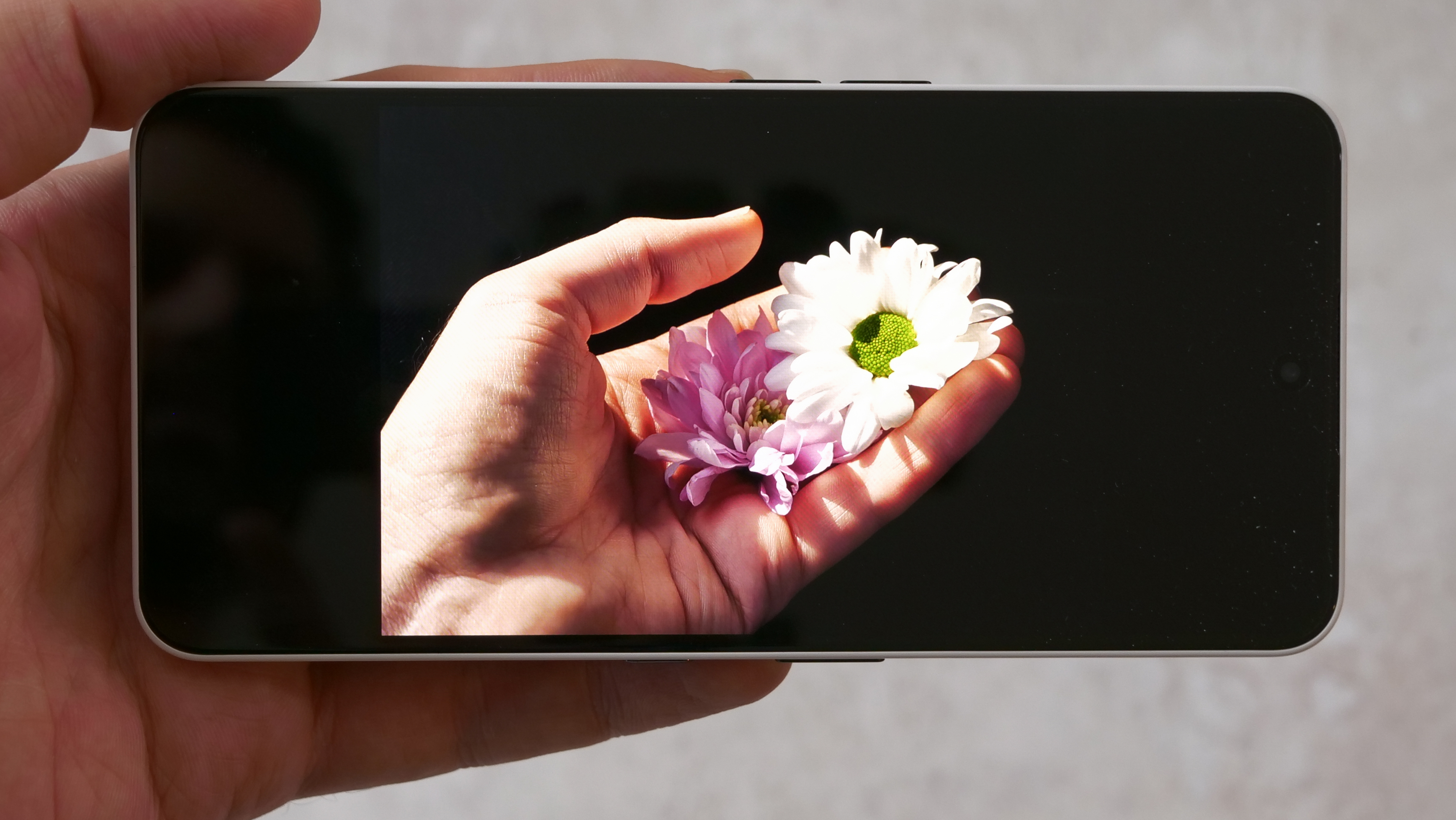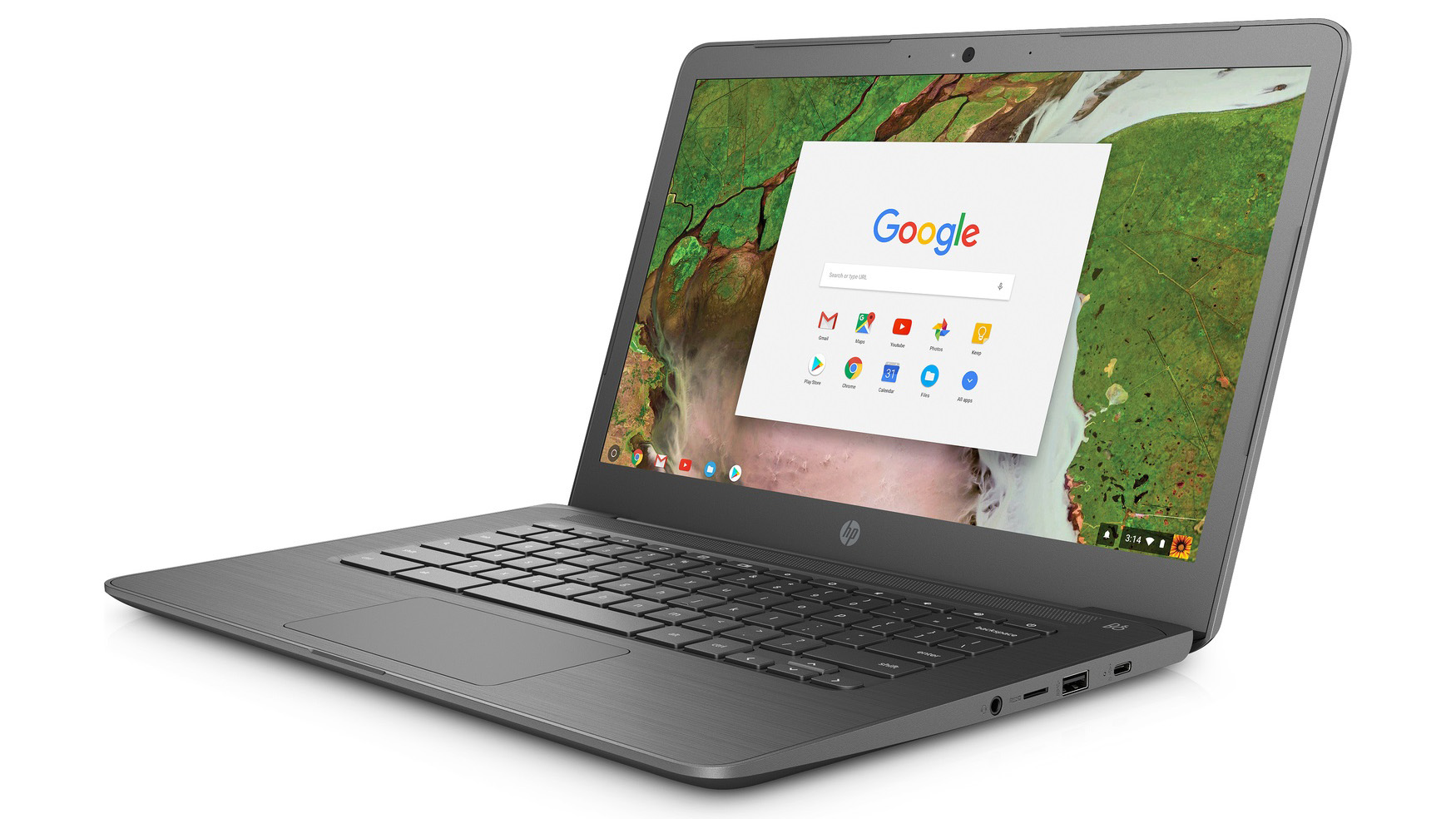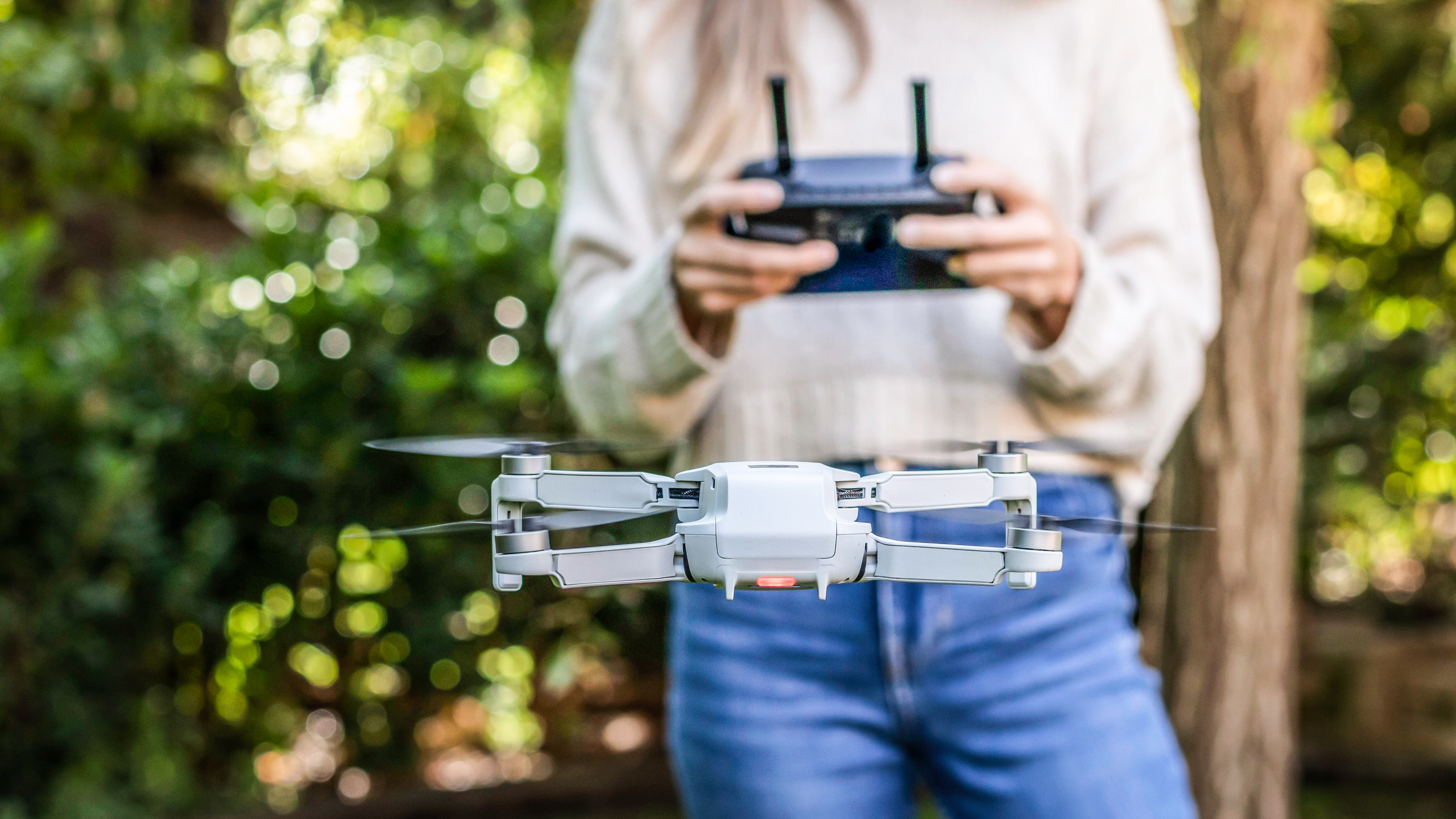
Upgrading your old tech? Then take care with your wallet. The salespeople and colorful online ads will urge you to buy top-of-the-range. But the unspoken truth is that budget and mid-range devices have become remarkably capable.
It hasn't always been like this. Only a few years back, buying affordable tech meant settling for frustratingly slow performance and painfully obvious compromises. Thankfully, though, those days are now behind us. Digital tech has evolved significantly, with features once exclusive to premium gear now standard in products at a fraction of the price.
In 2025, for around $400-500, you can snag a laptop that breezes through emails, browsing, video calls and document editing without breaking a sweat. (Or even less, if you're prepared to buy a cheap Chromebook).
Meanwhile, sub-$300 smartphones take photos that would have seemed miraculous just a few years ago. Not to mention offering bright displays and battery life that can often last through a day of regular use.

This pattern extends across the tech spectrum. For instance, $80 headphones such as the 1More Sonoflow Pro HQ51 sound nearly as good as those costing triple the price.
Tablets under $350 offer smooth performance for media consumption and basic productivity. In short, wherever you look, today's tech market is no longer about good versus bad products; rather, the increasingly subtle distinction between "good enough" and "premium" experiences.
The diminishing returns of premium tech
Sure, premium devices offer advantages: they're prettier, fancier and have features that sound impressive at dinner parties, even if you'll never actually use them. But are these benefits worth spending two, three, or even four times more money? For most people, I'd say no.
The best camera deals, reviews, product advice, and unmissable photography news, direct to your inbox!
Yes, if you're using your tech for professional purposes, in a creative career such as photography, video editing or content creation, investing in premium gear makes sense; after all, time is money and you don't want to compromise on the quality of your output.
If, however, you're just using devices for day-to-day life, the differences will be so minimal that you won't really notice the difference. Budget devices that would have been frustratingly limited just a few years ago now provide smooth, capable performance for most everyday tasks.
This is particularly noticeable in computing. Today's entry-level processors handle multitasking better than flagship chips from just a few generations ago.
Storage has become faster and more affordable, with SSDs now standard even in budget laptops. Display technology has improved across all price points, with decent screens now common in even the cheapest devices.

Oh, and here's another thing to consider. The rise of cloud services, web apps and increasingly efficient software has reduced the strain on local hardware. And when so many of your applications and data live in the cloud, the processing power on your device doesn't really matter so much as it used to.
Making smarter tech choices
In this brave new world, deciding how much to spend on tech is all about being honest with yourself. What do you actually use your devices for? How much performance do those activities genuinely require? Do you just want the latest tech, such as the iPhone 16, simply because it's fashionable?
If yes, then no judgment: but it's something to think about carefully.
Mid-range devices will hit the sweet spot for most people, offering enough performance to stay viable for several years without the eye-watering prices of flagship models. And remember that today's cutting-edge device is tomorrow's outdated tech, regardless of how much you paid.
Next time you're tempted by the shiniest new gadget, pause and ask yourself: will I actually use these premium features enough to justify the cost? If you're like most people, the honest answer is a sheepish "probably not". And embracing that truth could save you hundreds or even thousands of dollars, without sacrificing what really matters in your tech experience.
So be the smart shopper who gets a perfectly good device at half the price. Your wallet will thank you, and nobody scrolling through your social media will ever know the difference.
You might also like…
Take a look at the best cheap cameras along with the best cameras under $1,000 and the best cameras under $500.
Tom May is a freelance writer and editor specializing in art, photography, design and travel. He has been editor of Professional Photography magazine, associate editor at Creative Bloq, and deputy editor at net magazine. He has also worked for a wide range of mainstream titles including The Sun, Radio Times, NME, T3, Heat, Company and Bella.
You must confirm your public display name before commenting
Please logout and then login again, you will then be prompted to enter your display name.

